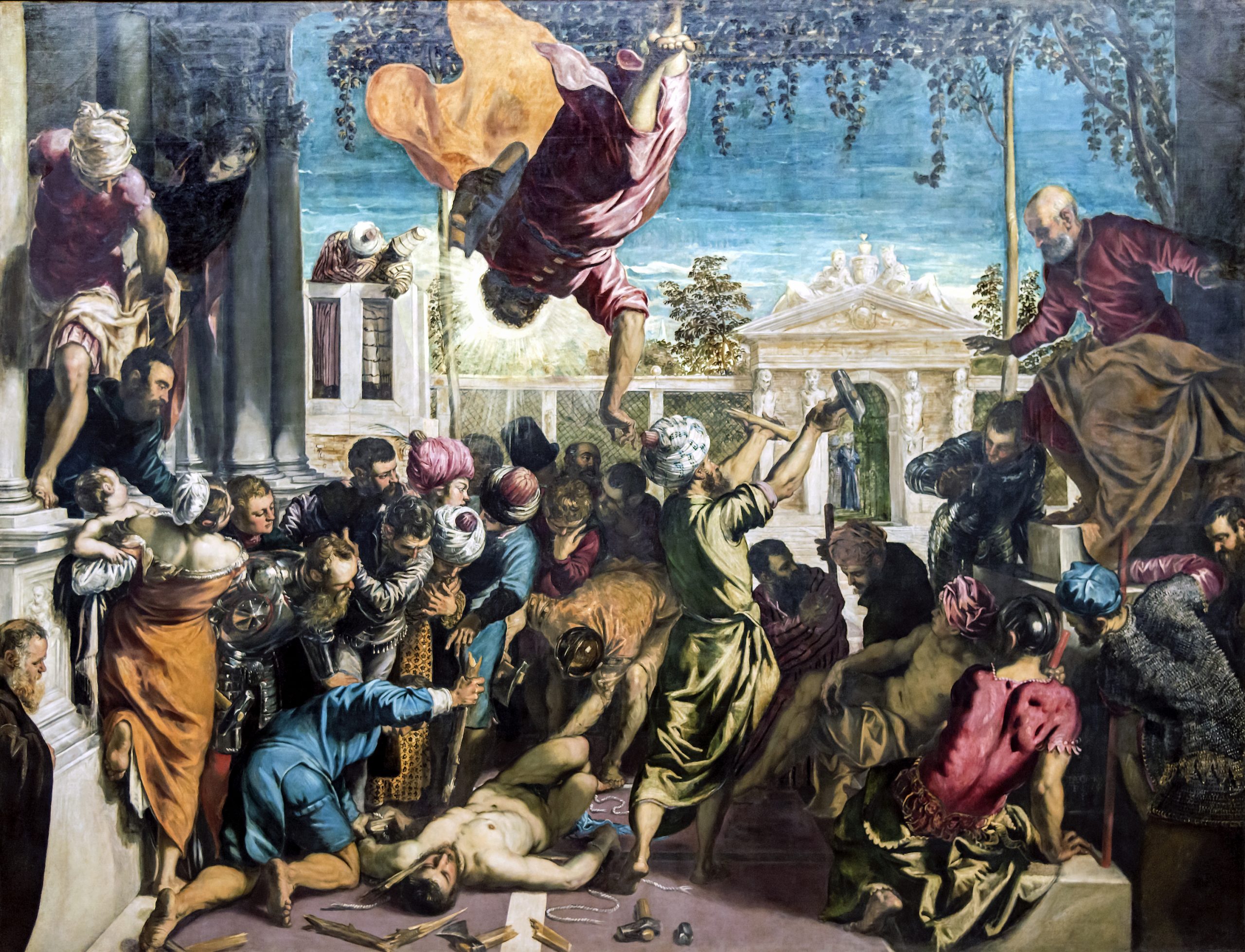Overview
Introduction to the Renaissance
The Renaissance was a transformative period in European history that spanned from the 14th to the 17th century. It marked a shift from the Middle Ages to the Modern Era, characterized by a renewed interest in the arts, sciences, and intellectual pursuits. The Renaissance was a time of great cultural and intellectual exploration, as artists, scholars, and thinkers sought to understand the world around them and explore new ideas and perspectives. This period witnessed a revival of classical art and literature, as well as the development of new artistic techniques and styles. The Renaissance also saw significant advancements in science and medicine, as scholars made groundbreaking discoveries and developed new methods of inquiry. Additionally, the Renaissance was a time of profound intellectual revolution, as humanist scholars emphasized the importance of human potential and the study of humanities. The invention of the printing press further facilitated the spread of knowledge and ideas, leading to a profound impact on society and shaping the course of history.
Key Characteristics of the Renaissance
The Renaissance was a period of immense cultural and intellectual transformation in Europe. It was characterized by a revival of interest in the classical art and literature of ancient Greece and Rome. The key characteristics of the Renaissance include a shift towards humanism, a focus on individualism and the importance of the individual, and a drive for innovation and progress. This drive for growth and advancement led to significant developments in art, science, and intellectual thought. The Renaissance was a time of great exploration and discovery, with artists and scientists pushing the boundaries of their respective fields. The period also saw advancements in anatomy and medicine, as well as the development of the scientific method and experimentalism. The Renaissance thinkers, such as Leonardo da Vinci and Galileo Galilei, challenged traditional beliefs and paved the way for modern thought. The spread of knowledge was facilitated by the invention of the printing press, which allowed for the dissemination of ideas and information on a wider scale. The Renaissance was truly a catalyst for art, science, and intellectual revolution.
Impact of the Renaissance on Society
The Renaissance had a profound impact on society, redefining the way people thought, lived, and interacted with the world around them. One of the key consequences of the Renaissance was the battle to reaffirm control over the political and social structures that had been dominated by the Church during the Middle Ages. This struggle for power and authority led to significant changes in the balance of power and the emergence of new political systems. Additionally, the Renaissance sparked a renewed interest in education and learning, as individuals sought to expand their knowledge and understanding of the world. This emphasis on education and intellectual growth laid the groundwork for the development of modern educational systems and institutions. Moreover, the Renaissance also had a profound impact on the arts and sciences, with advancements in painting techniques, scientific discoveries, and the spread of knowledge through the printing press. These developments not only transformed the cultural landscape of the time but also paved the way for future innovations and advancements in various fields.
Artistic Achievements

Revival of Classical Art
The Renaissance period witnessed a remarkable revival of classical art, which played a pivotal role in shaping the artistic landscape of the time. Artists drew inspiration from the works of ancient Greek and Roman civilizations, seeking to emulate their aesthetic principles and techniques. This revival of classical art was characterized by a renewed interest in naturalism, perspective, and anatomical accuracy. Painters such as Leonardo da Vinci and Michelangelo created masterpieces that showcased their mastery of these techniques, bringing a sense of realism and depth to their works. The revival of classical art not only celebrated the beauty and grandeur of the human form but also served as a visual representation of the intellectual and cultural achievements of the Renaissance period. It was through the exploration and reinterpretation of classical art that artists of the time were able to push the boundaries of creativity and lay the foundation for future artistic movements.
Innovation in Painting Techniques
During the Renaissance, artists pushed the boundaries of traditional painting techniques, resulting in a revolution in the art world. One notable innovation was the use of linear perspective, a technique that created the illusion of depth and three-dimensionality on a two-dimensional surface. Artists such as Leonardo da Vinci and Raphael mastered this technique, allowing them to create realistic and lifelike paintings. Another important development was the use of oil paints, which offered artists greater flexibility and the ability to create rich, vibrant colors. This new medium allowed for more detailed and nuanced brushwork. Additionally, artists experimented with chiaroscuro, a technique that emphasized the contrast between light and dark to create a sense of volume and drama in their paintings. These innovations in painting techniques not only transformed the way art was created but also had a profound impact on the viewer, evoking powerful emotions and capturing the essence of the human experience.
The Role of Patronage in Artistic Development
During the Renaissance, patronage played a crucial role in the development of art. Wealthy individuals such as nobles and merchants provided financial support to artists, allowing them to create masterpieces that have stood the test of time. These patrons not only commissioned artworks but also provided artists with the necessary resources and materials. In return, artists were expected to create works that reflected the tastes and values of their patrons. This symbiotic relationship between artists and patrons fostered a vibrant artistic community and contributed to the flourishing of the Renaissance. The support of patrons enabled artists to experiment with new techniques and push the boundaries of artistic expression. Without the patronage of these influential individuals, many iconic artworks would not have been possible.
Scientific Advancements

Exploration and Discovery
The Renaissance was not only a period of artistic and intellectual revolution, but also a time of great exploration and discovery. During this time, explorers embarked on voyages to distant lands, expanding the known world and challenging traditional beliefs. One notable example is the exploration of the Americas by Christopher Columbus, which opened up new trade routes and brought about a global exchange of goods and ideas. Another significant exploration during the Renaissance was the circumnavigation of the globe by Ferdinand Magellan, proving that the Earth was indeed round. These expeditions not only expanded geographical knowledge, but also sparked a sense of curiosity and wonder that would fuel further scientific advancements in the centuries to come.
Advances in Anatomy and Medicine
During the Renaissance, there were significant advances in the fields of anatomy and medicine. Anatomists such as Andreas Vesalius revolutionized the study of the human body through detailed dissections and accurate illustrations. This led to a better understanding of human anatomy and the development of more precise surgical techniques. Moreover, medical practitioners made important discoveries in the field of medicine, including the identification of diseases and the development of new treatments. The Renaissance also saw the establishment of medical schools and the publication of medical textbooks, which further contributed to the dissemination of medical knowledge. These advancements in anatomy and medicine had a profound impact on healthcare practices and paved the way for future medical breakthroughs.
The Scientific Method and Experimentalism
During the Renaissance, there was a significant advancement in scientific thinking and experimentation. One of the key developments was the establishment of the scientific method, which revolutionized the way scientific knowledge was acquired and validated. The scientific method emphasized the importance of observation, experimentation, and logical reasoning in the pursuit of knowledge. Scientists began to conduct systematic experiments and record their findings in a structured manner, allowing for reproducibility and verification of results. This approach laid the foundation for the empirical and evidence-based approach to scientific inquiry that is still used today. Another important aspect of scientific advancement during the Renaissance was the concept of experimentalism. Scientists started to actively engage in hands-on experiments and investigations, challenging traditional beliefs and theories. This emphasis on experimentation led to groundbreaking discoveries and breakthroughs in various fields, such as anatomy, astronomy, and physics. The Renaissance period was a turning point in the history of science, setting the stage for further advancements in the centuries to come.
Intellectual Revolution

Humanism and the Study of Humanities
Humanism and the Study of Humanities
The Renaissance period saw a profound shift in intellectual thought, with a renewed emphasis on human potential and the study of humanities. Humanism, a key philosophical movement of the time, emphasized the importance of individualism, reason, and critical thinking. Scholars and thinkers began to focus on human experiences, emotions, and values, rather than solely relying on religious teachings. This new approach to knowledge and learning paved the way for the development of new ideas and perspectives. The printing press, invented by Johannes Gutenberg in the mid-15th century, played a crucial role in the spread of humanistic ideas. This revolutionary invention allowed for the mass production of books, making knowledge more accessible to a wider audience. The printing press revolutionized communication, enabling the dissemination of ideas and information on a scale never seen before. With the availability of printed materials, individuals were able to engage with a wide range of subjects, including literature, philosophy, and science. The impact of the printing press cannot be overstated, as it transformed the way information was shared and shaped the intellectual landscape of the Renaissance and beyond.
Printing Press and the Spread of Knowledge
The printing press was one of the most significant inventions of the Renaissance. It revolutionized the spread of knowledge and had a profound impact on society. With the advent of the printing press, books and other written materials could be produced more quickly and efficiently, making them more accessible to a larger audience. This led to an increase in literacy rates and the democratization of knowledge. The spread of ideas and information was no longer limited to the elite, but could reach people from all walks of life. The printing press also played a crucial role in the dissemination of scientific discoveries, allowing scientists to share their findings with a wider audience. It facilitated the exchange of ideas and fostered collaboration among scholars, leading to further advancements in various fields. The printing press truly transformed the intellectual landscape of the Renaissance and laid the foundation for the modern information age.
The Influence of Renaissance Thinkers on Modern Thought
Renaissance thinkers played a crucial role in shaping modern thought and laying the foundation for many of the ideas and principles that we hold today. One of the key contributions of Renaissance thinkers was the promotion of humanism, which emphasized the importance of human reason, individualism, and the pursuit of knowledge. This shift in thinking led to a greater emphasis on the value of education and the exploration of the natural world. Renaissance thinkers also championed the idea of secularism, advocating for the separation of church and state and the importance of individual freedoms. The invention of the printing press during this time allowed for the widespread dissemination of knowledge and ideas, enabling the Renaissance thinkers to have a lasting impact on society. Their ideas and philosophies continue to shape our understanding of art, science, politics, and ethics, making the Renaissance a pivotal period in the history of intellectual revolution.
Avid Writer with invaluable knowledge of Humanity!
Upcoming historian with over 30 million views online.
“You make your own life.”





